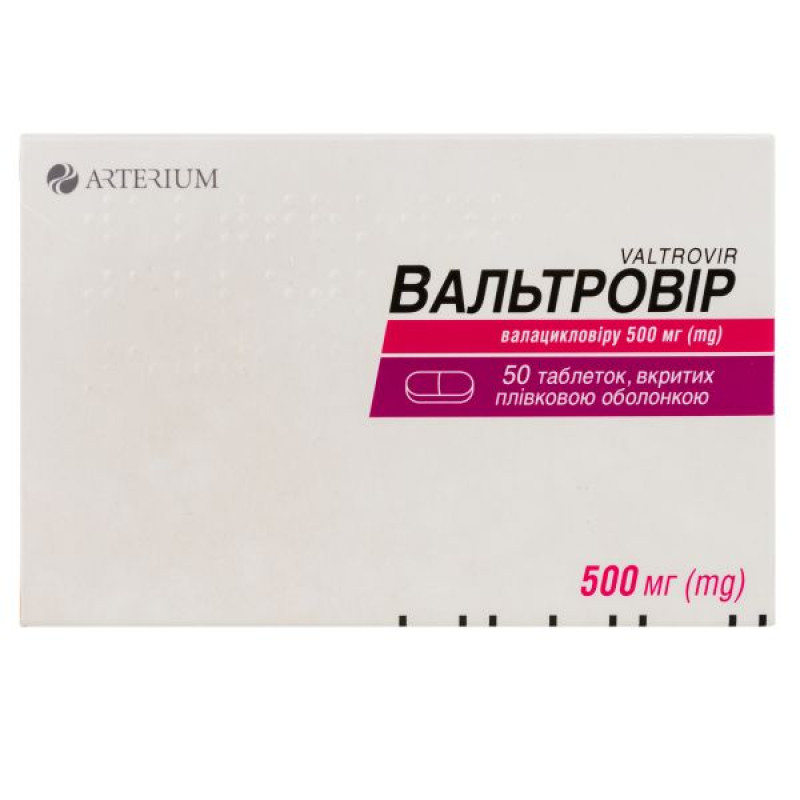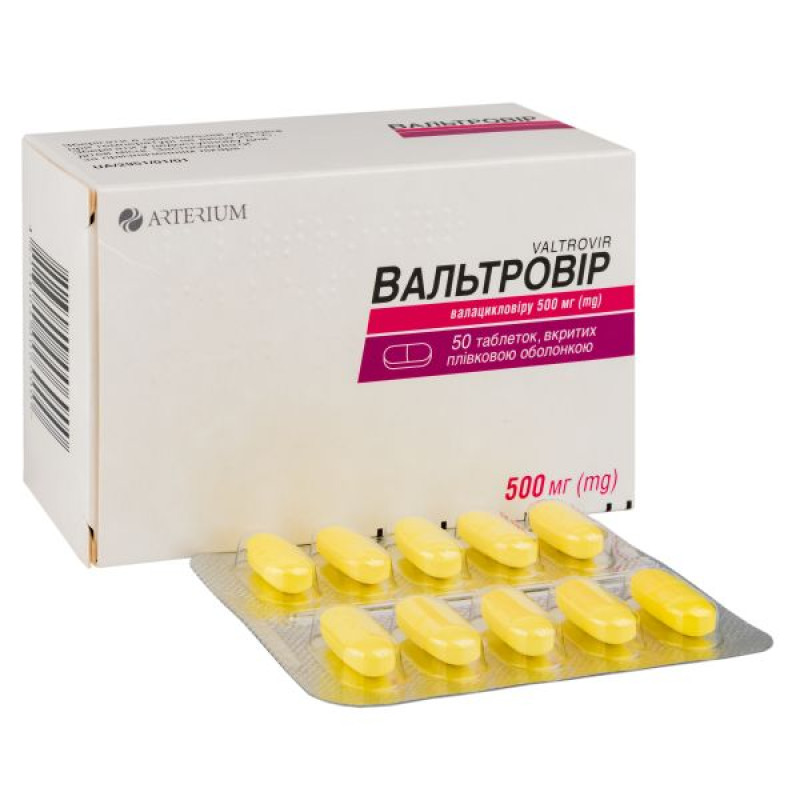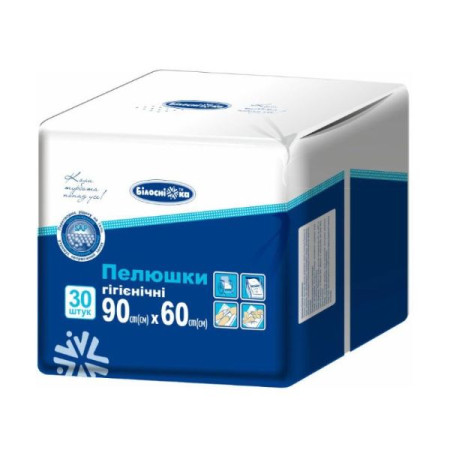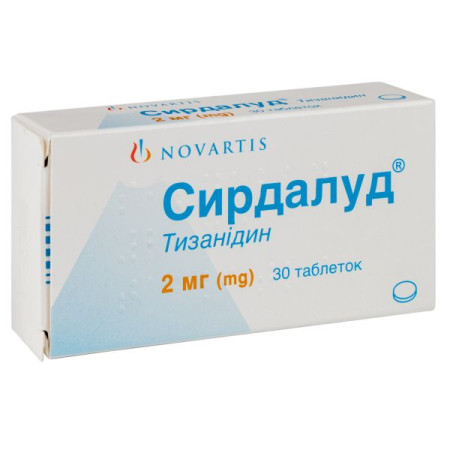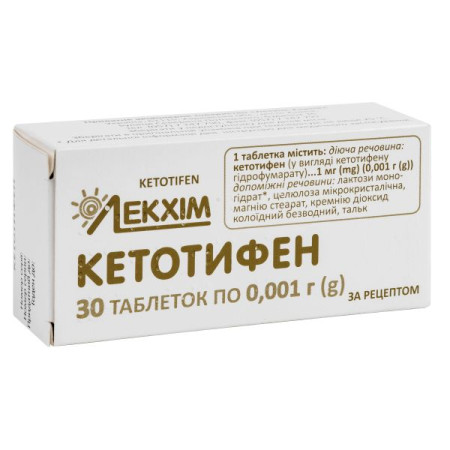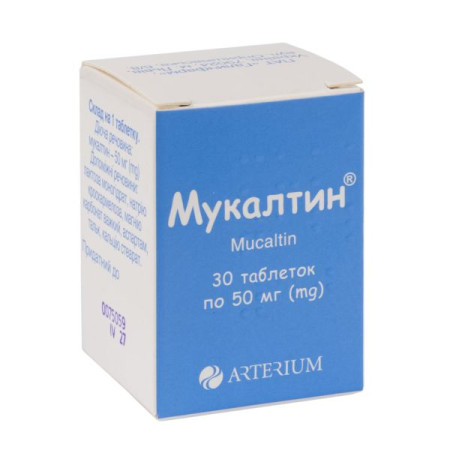Valtrovir film-coated tablets 500 mg No. 50
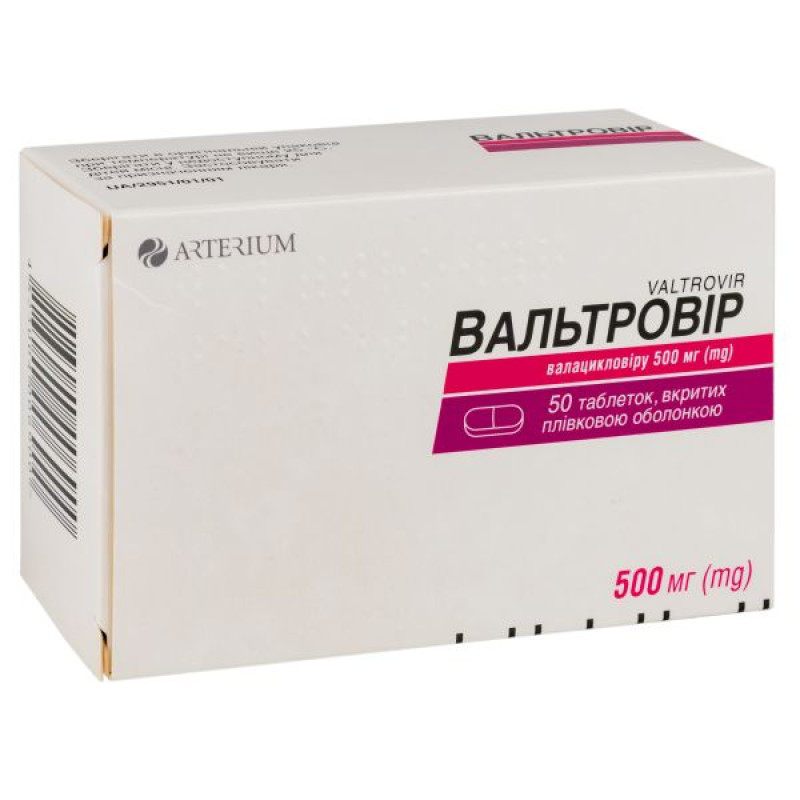
Instructions for Valtrovir film-coated tablets 500 mg No. 50
Composition
active ingredient: valaciclovir;
1 tablet contains valacyclovir hydrochloride equivalent to valacyclovir – 500 mg;
excipients: povidone, calcium stearate, sodium starch glycolate (Type A), microcrystalline cellulose, coating mixture "Opadry II Yellow" 33G22623 (contains: hypromellose; lactose, monohydrate; titanium dioxide (E 171); polyethylene glycol 3000 (macrogol); triacetin; quinoline yellow (E 104); sunset yellow FCF (E 110); iron oxide yellow (E 172); indigo carmine (E 132)).
Dosage form
Film-coated tablets.
Main physicochemical properties: lemon-yellow film-coated tablets with a biconvex surface, with a score on one side of the tablet and embossing "KMP" on the other side. A white core is visible on the cross-section.
Pharmacotherapeutic group
Direct-acting antivirals. Nucleosides and nucleotides, except reverse transcriptase inhibitors.
ATX code J05A B11.
Pharmacological properties
Pharmacodynamics
Valacyclovir is an antiviral drug that is a specific inhibitor of the DNA polymerase of herpes viruses. It blocks the synthesis of viral DNA and the replication of viruses. In the human body, valacyclovir is rapidly and completely converted to acyclovir by the enzyme valacyclovir hydrolase. Valacyclovir is active in vitro against herpes simplex viruses types I and II, Varicella zoster virus, cytomegalovirus, Epstein-Barr virus, and human herpes virus type VI. As a result of phosphorylation, acyclovir is converted to the active triphosphate of acyclovir, which competitively inhibits the synthesis of viral DNA. The first stage of phosphorylation requires the activity of a virus-specific enzyme - viral thymidine kinase, which is present only in virus-infected cells. In cytomegalovirus infection, phosphorylation of acyclovir is partially carried out by a specific enzyme - phosphotransferase UL 97, which largely explains its selectivity. The phosphorylation process (conversion of monophosphate to triphosphate) is completely completed by cellular enzymes. Acyclovir triphosphate inhibits viral DNA polymerase and, being a nucleoside analogue, is incorporated into viral DNA, which leads to obligate chain rupture, termination of DNA synthesis and, consequently, to blocking virus replication. Valacyclovir accelerates the cessation of pain in the treatment of herpes zoster, reduces the duration of pain syndrome, as well as the number of patients with zoster-associated pain, including acute and postherpetic neuralgia.
Prophylaxis of cytomegalovirus infection with valacyclovir reduces the risk of acute transplant rejection (in kidney transplant patients), the incidence of opportunistic infections, and other infections caused by the herpes virus (herpes simplex virus and herpes zoster virus).
Pharmacokinetics
After oral administration, valaciclovir is well absorbed, rapidly and almost completely converted to acyclovir and L-valine. The bioavailability of acyclovir when taking 1000 mg of valaciclovir is 54% and is not reduced by simultaneous ingestion of food. The maximum concentration of acyclovir after a single dose of 250-1000 mg of valaciclovir is 10-37 μmol (2.2-8.3 μg / ml) and occurs 1-2 hours after administration. The maximum concentration of valaciclovir in the blood plasma occurs on average 30-100 minutes after administration and valaciclovir is not detected in the blood plasma after 3 hours.
Valtrovir is not metabolized by cytochrome P450 enzymes.
Herpes zoster virus and herpes simplex virus do not significantly alter the pharmacokinetics of acyclovir and valacyclovir following oral administration of Valtrovir.
In a study of the pharmacokinetics of valacyclovir and acyclovir during the third trimester of pregnancy, the area under the acyclovir concentration-time curve in the plateau phase after administration of valacyclovir at a dose of 1000 mg was approximately 2 times higher than after administration of acyclovir orally at a dose of 1200 mg per day.
In patients with HIV infection, the pharmacokinetic characteristics of acyclovir after single or multiple doses of 1000 mg or 2000 mg of Valtrovir did not change compared to those in healthy subjects.
In organ transplant recipients receiving valaciclovir 2000 mg 4 times/day, the maximum acyclovir concentration was equal to or greater than that in healthy volunteers receiving the same dose of the drug, and the daily area under the concentration-time curve was significantly greater.
Indication
Treatment of skin and mucous membrane diseases caused by the Herpes simplex virus, including newly diagnosed and recurrent genital herpes; treatment of herpes labialis; preventive treatment of recurrent infections of the skin and mucous membranes caused by the herpes simplex virus, including genital herpes; reduction of the risk of transmission of the virus from patients with genital herpes (when using valacyclovir as suppressive therapy in combination with compliance with the rules of safe sex); treatment of herpes zoster; prevention of cytomegalovirus infection and disease after organ transplantation.
Contraindication
Hypersensitivity to valacyclovir, acyclovir or any other component of the drug.
Interaction with other medicinal products and other types of interactions
No clinically significant forms of interaction were identified.
Acyclovir is excreted mainly unchanged in the urine by active tubular secretion. Any drugs administered concurrently that affect this mechanism of excretion may increase the concentration of acyclovir in the blood plasma after the use of valacyclovir. After taking valacyclovir at a dose of 1 g simultaneously with cimetidine and probenecid, which block tubular secretion, the area under the concentration-time curve of acyclovir increases and its renal clearance decreases, but there is no need to change the dose given the wide therapeutic index of acyclovir.
For patients receiving higher doses of valaciclovir (4 g or more per day), caution should be exercised when co-administering drugs that compete with acyclovir for elimination pathways, as this may lead to increased plasma levels of one or both drugs and their metabolites. Concomitant use with mycophenolate mofetil (an immunosuppressive drug used after organ transplantation) increases plasma levels of acyclovir and the inactive metabolite of mycophenolate mofetil.
Caution should also be exercised (monitor changes in renal function) when co-administering high doses of valacyclovir (4 g or more) and other drugs that affect renal function (e.g., cyclosporine, tacrolimus).
Application features
Hydration: Adequate fluid intake should be maintained in patients at increased risk of dehydration, especially the elderly.
Use in patients with impaired renal function and elderly patients
Acyclovir is excreted by the kidneys, and therefore the dose of valaciclovir should be reduced in patients with impaired renal function (see section "Method of administration and dosage"). Elderly patients have reduced renal function and require dose adjustment. Patients with impaired renal function and elderly patients are at increased risk of developing neurological complications. Such patients require careful monitoring for these effects. Such reactions are reversible in most cases after discontinuation of treatment (see section "Adverse reactions").
Use of higher doses of valacyclovir in liver failure and liver transplantation
There are no data on the use of higher doses of valacyclovir (4 mg or more per day) in patients with liver disease, so caution should be exercised when prescribing higher doses of valacyclovir to such patients. Specific studies of the use of valacyclovir in liver transplantation have not been conducted; however, there is information that prophylaxis with high doses of acyclovir reduces the incidence of infection and disease caused by cytomegalovirus.
Use in the treatment of herpes zoster
When treating patients, especially those with weakened immune systems, it is necessary to carefully monitor the clinical response. If the response to treatment is insufficient, the use of intravenous antiviral therapy is recommended. Patients with complicated herpes zoster, such as with visceral organ involvement, viral dissemination, motor neuropathy, encephalitis and cerebrovascular disorders, should be treated with intravenous antiviral drugs.
In addition, immunocompromised patients who have herpetic ocular lesions or are at high risk of dissemination and visceral organ involvement should be treated with intravenous antiviral agents.
Reducing transmission of genital herpes virus
Suppressive therapy with valacyclovir reduces the risk of transmission of genital herpes. It does not cure herpes infection, nor does it completely eliminate the risk of transmission of the virus. In addition to valacyclovir therapy, patients are recommended to practice safe sex.
Use in cytomegalovirus infection
Efficacy data from the treatment of patients at high risk of CMV infection for prophylaxis after organ transplantation suggest that valaciclovir should be used in these patients if valganciclovir or ganciclovir has been discontinued for safety reasons. The high doses of valaciclovir required for CMV prophylaxis may be associated with a higher incidence of adverse reactions, including nervous system disorders, compared with the lower doses used for other indications. Patients should be monitored closely for renal function and the dose adjusted accordingly.
Ability to influence reaction speed when driving vehicles or other mechanisms
There are currently no such reports. The pharmacology of valaciclovir does not suggest any adverse effects. However, when assessing the patient's ability to drive or operate machinery, the patient's clinical condition and the adverse effect profile of valaciclovir should be taken into account.
Use during pregnancy or breastfeeding
There is no data on the effect of valacyclovir on fertility, but this has not been clinically confirmed. However, there is information that after 6 months of daily use of acyclovir in a dose of 400 mg to 1 g, no changes in the number, morphology, and motility of sperm were observed.
Pregnancy.
Data on the use of valacyclovir during pregnancy are limited. Valacyclovir should be used in pregnant women only if the potential benefit to the mother justifies the potential risk to the fetus. There are clinical observations of women in the first trimester of pregnancy that indicate no increased incidence of birth defects in newborns among pregnant women who took acyclovir compared with the general population of such patients. However, a reliable and definitive conclusion regarding the safety of valacyclovir in pregnant women cannot be made.
Breast-feeding.
Acyclovir, the main metabolite of valaciclovir, penetrates into breast milk. The ratio of acyclovir concentration in breast milk to maternal plasma is from 1.4 to 2.6 (average 2.2). The average concentration of acyclovir in breast milk is 2.24 μg / ml (9.95 μmol). When the mother takes valaciclovir at a dose of 500 mg 2 times a day, the child with breast milk receives a dose of acyclovir of approximately 0.61 μg / kg per day. The half-life of acyclovir from breast milk is similar to that from plasma. Unchanged valaciclovir is not detected in maternal plasma, breast milk or urine of the child.
Valaciclovir should be administered with caution to breastfeeding women only if clinically necessary. However, acyclovir has been used to treat newborns with herpes simplex infections at a dose of 30 mg/kg/day intravenously.
Method of administration and doses
Treatment of herpes zoster: adults should be prescribed 1000 mg (2 tablets) of the drug 3 times a day for 7 days.
Treatment of infections caused by the herpes simplex virus
Patients with normal immunity (adults): 500 mg (1 tablet) of the drug 2 times a day.
In cases of recurrence, treatment should last 3 or 5 days. In the case of a primary course, which may be more severe, treatment should be continued for 5 to 10 days. Treatment should be started as early as possible. For recurrent forms of infections caused by the herpes simplex virus, the ideal would be to use the drug in the prodromal period or immediately after the first symptoms appear. Valaciclovir can prevent the development of lesions in recurrent infections caused by the herpes simplex virus, provided that treatment is started immediately after the first symptoms of the disease appear.
Alternatively, for the treatment of herpes labialis (cold sores), the effective dose of valaciclovir is 2000 mg (4 tablets) 2 times a day for 1 day. The second dose should be administered approximately 12 hours (not earlier than 6 hours) after the first dose. With this dosing regimen, the duration of treatment should not exceed 1 day, since longer use does not increase the clinical effectiveness of the treatment. Treatment should be initiated at the first early symptoms of herpes labialis (tingling, itching or burning sensation in the lip area).
Preventive treatment (suppression) of recurrences of infections caused by the herpes simplex virus:
Patients with normal immunity (adults) should be prescribed 500 mg (1 tablet) of the drug once a day; patients with immunodeficiency (adults) should be prescribed a dose of 500 mg (1 tablet) 2 times a day.
Reducing transmission of the genital herpes virus.
For immunocompetent heterosexual adults who have 9 or fewer exacerbations per year, valacyclovir should be administered to the infected partner at a dose of 500 mg once daily.
There is no data on the reduction of genital herpes virus transmission in other patient populations.
Prevention of cytomegalovirus infection and disease
Adults and children 12 years of age and older: valaciclovir should be administered at a dose of 2000 mg (4 tablets) 4 times a day, as early as possible after transplantation. In renal insufficiency, the dose should be reduced (see Dosage in renal impairment). The duration of treatment is usually 90 days, but may be extended for high-risk patients.
Dosage in renal impairment.
Valacyclovir should be administered with caution to patients with impaired renal function. Adequate hydration should be maintained.
The dosage regimen depends on creatinine clearance and indications and is given in the table.
| Therapeutic indication | Creatinine clearance, ml/min | Valacyclovir dose |
| Herpes zoster (treatment) in adult patients with normal immunity and patients with immunodeficiency | 50 and over 30-49 10-29 less than 10 | 1g 3 times a day 1 g 2 times a day 1 g once a day 500 mg once daily |
| Herpes simplex (treatment) adult patients with normal immunity | 30 and over less than 30 | 500 mg 2 times a day 500 mg once daily |
Herpes labialis (treatment) adult patients with normal immunity | 50 and over 30-49 10-29 less than 10 | 2 g 2 times a day 1 g 2 times a day 500 mg 2 times a day 500 mg 1 time |
| Herpes simplex (prevention) | ||
| adult patients with normal immunity | 30 and over less than 30 | 500 mg once daily 250 mg once daily* |
| adult patients with immunodeficiency | 30 and more less than 30 | 500 mg 2 times a day 500 mg once daily |
| Prevention of cytomegalovirus infection | 75 and over 50-75 25-50 10-25 Less than 10 or dialysis | 2 g 4 times a day 1.5 g 4 times a day 1.5 g 3 times a day 1.5 g 2 times a day 1.5 g once a day |
* – use tablets with the appropriate dosage or other dosage forms of valacyclovir.
Patients on intermittent hemodialysis are recommended to use the same doses of valaciclovir as those used in patients with creatinine clearance less than 15 ml/min. Doses should be administered after hemodialysis.
Creatinine clearance should be monitored regularly, especially during periods when renal function may change rapidly, such as immediately after transplantation, and the dose of valaciclovir should be adjusted accordingly.
Dosage in hepatic impairment
There is no need to change the dose in patients with mild or moderate cirrhosis (liver synthetic function is preserved). Pharmacokinetic indicators in late stages of cirrhosis (with impaired liver synthetic function and signs of portal hypertension) indicate that there is no need to change the dosage, but information on this is limited.
For the use of higher doses (4000 mg and more) per day, see the section "Special instructions for use".
Elderly patients
To avoid possible renal impairment, the dose of valaciclovir requires adjustment (see “Dosage in renal impairment”).
It is necessary to maintain an adequate level of hydration of the body.
Children
Use for children over 12 years of age.
Overdose
Symptoms: Nausea, vomiting, acute renal failure, neurological symptoms (including confusion, hallucinations, agitation, decreased mental capacity, and coma) may occur. Most of the symptoms described are the result of insufficient dose reduction in patients with impaired renal function and elderly patients. Caution should be exercised when setting the dose.
Treatment: Patients should be monitored for signs of toxicity. Hemodialysis significantly accelerates the elimination of acyclovir from the blood and may be considered the optimal treatment in the event of symptomatic overdose.
Adverse reactions
The most common adverse reactions of the drug are headache and nausea. More serious adverse reactions include reports of thrombotic thrombocytopenic purpura/hemolytic uremic syndrome, acute renal failure, and neurological disorders.
Adverse reactions are classified by organs and systems.
Nervous system: headache, dizziness, confusion, hallucinations, decreased mental abilities, agitation, tremor, ataxia, dysarthria, psychotic symptoms, convulsions, encephalopathy, coma.
The above symptoms are reversible in most cases and are observed mainly in patients with renal insufficiency or other predisposing factors (see section "Special instructions for use"). In patients after organ transplantation who receive valaciclovir for the prevention of cytomegalovirus infection in high doses (8 g per day), neurological reactions occur more often than in patients receiving lower doses.
Blood and lymphatic system disorders: leukopenia, thrombocytopenia. Leukopenia is mainly observed in patients with immunodeficiency.
Immune system disorders: anaphylaxis.
Respiratory and thoracic disorders: shortness of breath.
Gastrointestinal: nausea, abdominal discomfort, vomiting, diarrhea.
Hepatobiliary system: reversible increase in liver function tests. Occasionally described as hepatitis.
Skin and subcutaneous tissue disorders: rash, including photosensitivity reactions; itching; urticaria; angioedema.
Renal and urinary disorders: renal dysfunction, acute renal failure, renal pain, hematuria (often associated with other renal dysfunction).
Kidney pain may be associated with kidney failure.
Acyclovir precipitates have been reported to form in the renal tubules. Adequate fluid intake should be ensured during treatment (see section 4.4).
Other: microangiopathic hemolytic anemia and thrombocytopenia (sometimes in combination) in severely immunocompromised patients, especially in patients with advanced HIV disease, who have received high doses (8000 mg per day) of valaciclovir for a long time. These same phenomena occur in patients with the same diseases, but who have not received treatment with valaciclovir.
Expiration date
2 years.
Storage conditions
In the original packaging at a temperature not exceeding 25 ° C. Keep out of the reach of children.
Packaging
10 tablets in a blister; 5 blisters in a pack.
Vacation category
According to the recipe.
Producer
PJSC "Kyivmedpreparat".
Location of the manufacturer and its business address
Ukraine, 01032, Kyiv, Saksaganskoho St., 139.
There are no reviews for this product.
There are no reviews for this product, be the first to leave your review.
No questions about this product, be the first and ask your question.







